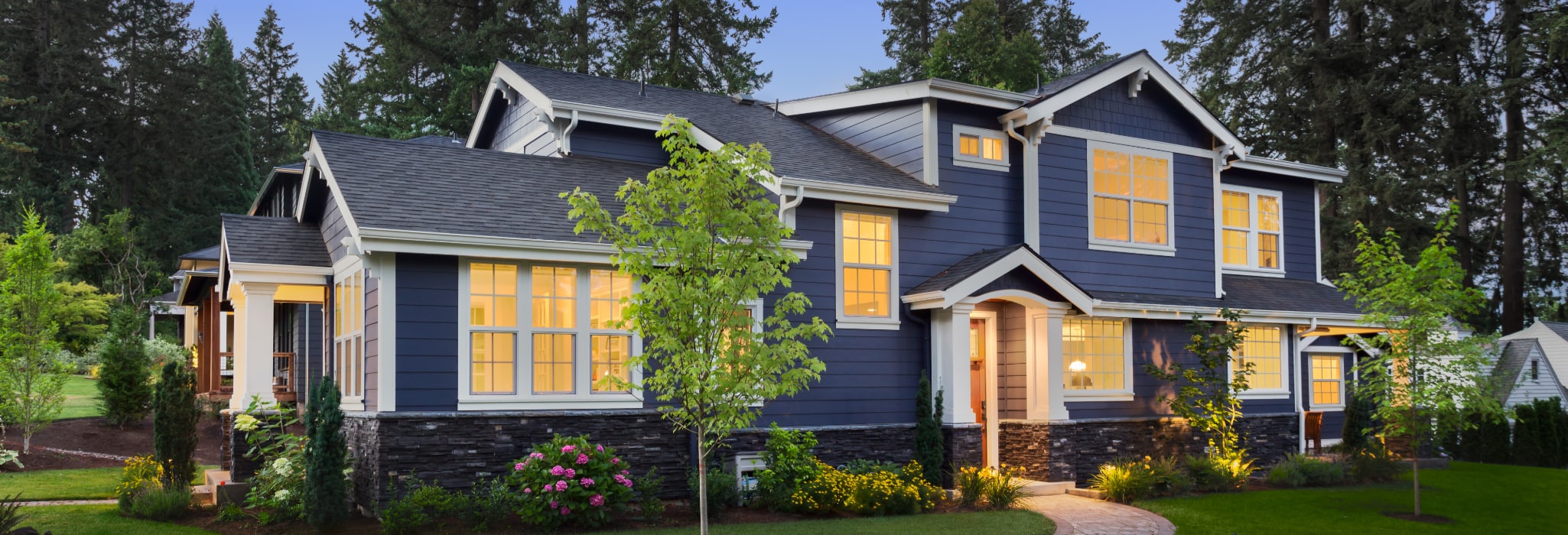Whole-House Generators
Nowadays, we are all admittedly dependent on the power in our homes for so many reasons––to stay connected, to stay warm or cool, to keep food from spoiling, to keep a sump pump running. Due to our dependency on home power, a whole-house generator is one of the most useful appliances for a homeowner.
How Do Whole-House Generators Work?
Sometimes called a fixed standby generator, a whole-house generator is installed permanently outside your home on a concrete pad in your yard. Whenever there is a power outage or equipment failure, the whole-house generator will automatically provide power straight to your home’s electrical panel, even if you’re not home. There is an automatic transfer switch disconnecting you from your utility as soon as there’s an interruption in service. An internal combustion engine is at the heart of the system, powering it. The generator can energize your home nonstop for days. When power has been restored, the generator will return to standby mode, ready for the next power outage.
How is it Different from a Portable Generator?
Whole-house generators offer higher levels of power than portable generators and have the added convenience of automatic power. Because they are a permanent appliance, they add value to your home. Portable generators are typically used in camping, tailgating, job-site, and other outdoor-activity scenarios. These type of generators are obviously mobile and can be used to power individual items with a plug-in situation, such as appliances and lamps. You have the control of turning them on and off as needed. Whole-house generators have a permanent installation outside next to your home, supplying the power to your entire home. You have nothing to do with turning them on and off––they work automatically, reacting to the need of power for your home.
How is it Fueled?
Unlike the portable generators, which run on gasoline or diesel you provide, whole-house generators are fueled by your home’s existing fuel supply, such as natural gas, liquid propane (LP), or diesel.
How Much Does a Whole-House Generator Cost?
The higher the generator's capacity, the more circuits it can power at once. To determine the size of generator to install, you need to determine your needs during a temporary emergency situation. Do not include powering all the appliances in your home in your assessment. Whole-house generators themselves can cost anywhere from $3,000 to $20,000, depending on the size needed. You should also include the cost of fuel to run the generator when making a total estimation. Keep in mind though, if you ever decide to resell you home, a whole-house generator greatly adds to the value of the house, so you could recoup much of your initial investment. One of our experienced technicians at L & J Heating & Cooling can assist you with determining all these costs.
Does It Need Upkeep?
Like any other system, there is always some upkeep involved. Be sure to get your generator serviced by a professional after 24 to 48 hours of continuous use. The oil and filter should be changed after about ten days or so. Keep your generator healthy by checking its oil level daily during use and running it at no more than 75 percent of its rated capacity. Also be sure to replace overworked or broken parts, such as brushes. Keeping up with this type of maintenance will ensure your generator will have a long and useful life.
Installing a whole-house generator is strictly for professionals. We offer generators in a wide range of wattages. Contact us today for an estimate on what generator would be appropriate for your home.
Need Whole-House Generator Service?
Contact the experts at L & J Heating & Cooling.
Call us at 503-263-4663!
